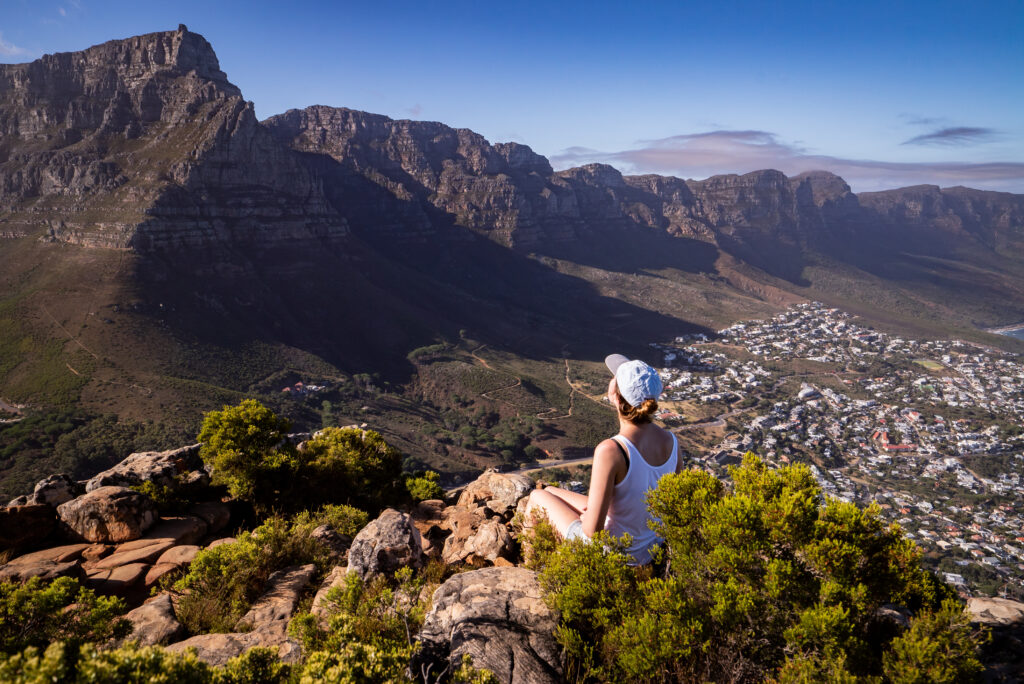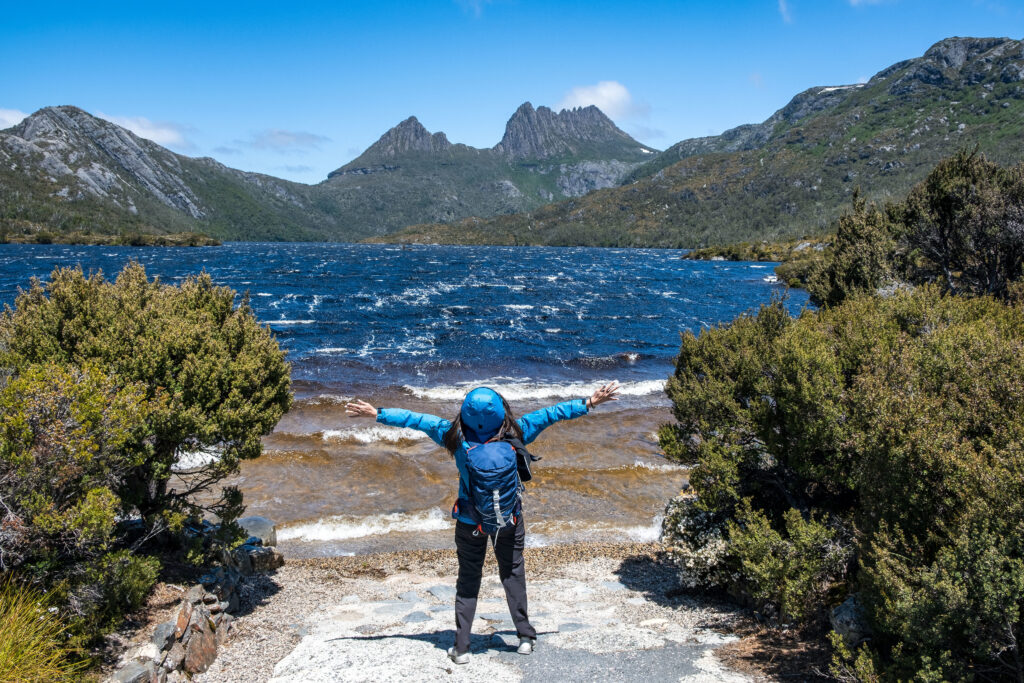Australia is a country of awe-inspiring contrasts, where sun-scorched deserts give way to verdant rainforests, and rocky coastlines provide a backdrop for successful coral reefs. But underlying its dramatic scenery exists one of its most precious jewels—unique wildlife anywhere else on the planet.
From free-roaming kangaroos in wide-open spaces to saltwater crocodiles in tropical wetlands, Australia presents nature enthusiasts and wildlife aficionados with an unparalleled chance to see animals up close in their natural surroundings.
What makes it even more special is the country’s commitment to conservation, with vast national parks and protected areas designed to preserve these unique ecosystems. Whether you’re dreaming of spotting a shy platypus in a mountain stream, walking beneath ancient trees in a rainforest, or swimming alongside giant whale sharks in turquoise waters, Australia delivers authentic encounters with nature that few places can match.
If you’re going on a trip and desire more than beaches and cities—if you desire actual wilderness, diversity of nature, and experiences that will last a lifetime—then this guide is for you.
In this guide, we will discuss where the Best Places to Travel in Australia to experience wild nature and observe animals in their natural environment.
Best Places to Travel in Australia for Exploring Wild Nature and Animals

Australia is one of the most scenic and diverse countries in the world. From world-famous beaches and tropical rainforests to remote deserts and alpine peaks, it offers something for every kind of traveler. Whether you’re drawn by dramatic landscapes, wildlife experiences, or peaceful natural escapes, Australia has countless destinations that make it worth the journey.
This guide covers the best places to travel in Australia, with a focus on wild nature, local culture, and iconic outdoor attractions. Every destination provides a different perspective of the beauty of the country and is good for first-time and experienced tourists.
1. Kakadu National Park, Northern Territory
The Kakadu National Park is one of the premier holiday spots for visitors looking to explore Australia’s untamed wilderness and Aboriginal history. The country’s largest national park covers nearly 20,000 square kilometers.
It is situated a few hours from Darwin and features wetlands, waterfalls, sandstone escarpment, and tropical rainforests. There are hundreds of species represented, such as saltwater crocodiles, wallabies, and more than 280 bird species.
The optimal time for visiting is between the dry season (May to October), when roads become easier to navigate and wildlife congregates around dwindling waterholes. Cruising on Yellow Water Billabong is an excellent means of witnessing crocodiles and birdlife in the wild.
Crocodiles and birds can also be seen, as well as tourists, visiting ancient Aboriginal rock art sites, such as Ubirr and Nourlangie, which date as far back as more than 20,000 years. Kakadu blends raw nature with culture, and it is therefore one of the top destinations to visit in Australia.
2. Kangaroo Island, South Australia
Kangaroo Island boasts unspoiled landscapes, fresh air, and indigenous animals. Only a short flight or ferry ride from Adelaide, the island is a world unto itself. The island has a combination of beaches, forests, and rocky shoreline.
The animals here feature kangaroos, echidnas, sea lions, koalas, and numerous bird species. The majority of the island is preserved through national parks and conservation sites.
Among the attractions is Flinders Chase National Park, which boasts such sites as Remarkable Rocks, Admirals Arch, and New Zealand fur seal colonies. Hanson Bay Wildlife Sanctuary and Seal Bay Conservation Park have guided tours to experience animals at close range.
Although parts of the island were hit by bushfires in the past few years, the island has bounced back nicely and is still one of the best sites to observe Australia’s wildlife in the wild.
3. Daintree Rainforest, Queensland
In Far North Queensland, the Daintree Rainforest is a world-old rainforest. It is included in the Wet Tropics of Queensland World Heritage area. The rainforest runs from Mossman Gorge to Cape Tribulation, where the forest converges with the Great Barrier Reef.
The area provides a rich combination of plant and animal populations, including such threatened species as the Southern Cassowary and tree kangaroos.
Tourists can hike through the rainforest on raised boardwalks, night walks with a guide, or river cruises on the Daintree River. The cruises sometimes involve opportunities to spot saltwater crocodiles, birds, and snakes.
Overnight stays in the forest are available at eco-lodges for those who prefer. The Daintree is a tranquil and immersive experience ideal for those who wish to get in touch with nature and observe some of Australia’s most unusual ecosystems.
4. Tasmania’s Wilderness World Heritage Area
Tasmania is Australia’s island state and has a reputation for cool climate, mountains, and ancient forests. More than 20% of Tasmania is reserved within the Tasmanian Wilderness World Heritage Area, encompassing national parks like Cradle Mountain-Lake St Clair, Franklin-Gordon Wild Rivers, and Southwest National Park.
These places are famous for panoramic walking tracks, alpine lakes, and native fauna such as wombats, quolls, and Tasmanian devils.
Cradle Mountain is a favorite beginning point, with day hikes and the multi-day Overland Track. At the southern tip of the trail is Lake St Clair, the deepest lake in Australia. Tourists might see wallabies feeding in open pasture or even a platypus in a mountain brook.
Tasmania’s wild parks are less visited than mainland spots, so it is an excellent choice for those looking for natural beauty and quiet.”.
5. Ningaloo Reef and Cape Range National Park, Western Australia
The Ningaloo Coast is a must-visit for marine life lovers. Located near the town of Exmouth, it is home to Ningaloo Reef, one of the world’s largest fringing coral reefs. Unlike the Great Barrier Reef, Ningaloo is easily accessible from the beach, with snorkeling spots just meters from the shore.
Between March and July, the reef becomes a migration route for whale sharks, and licensed operators offer the chance to swim with them.
Cape Range National Park is along the reef and has red cliffs, gorges, and dunes along the coast. Yardie Creek Gorge provides boat trips and walking trails where one can observe rock wallabies, emus, and birds of prey.
The arid environment is a stunning contrast to the blue waters of the reef. With its combination of on-land and at-sea activities, this destination is among the best places to go in Australia for those who love nature.
6. Atherton Tablelands, Queensland
The Atherton Tablelands are located inland from Cairns and provide a cooler, high-altitude alternative to coastal tropics. The area has waterfalls, crater lakes, rainforests, and open farmland. It is a favorite among tourists seeking to observe platypuses, tree kangaroos, and a range of birdlife.
Lake Eacham and Lake Barrine are volcanic crater lakes with rainforest and walking tracks surrounding them. Another highlight is the Curtain Fig Tree, which features one of the largest strangler fig trees in Australia.
Wildlife spotting is best early morning or late afternoon. The Tablelands are best for driving oneself around and easy exploration. With its serenity and guaranteed wildlife sightings, it’s a best-kept secret among the top places to visit in Australia.
7. Great Ocean Road and Otway Ranges, Victoria
The Great Ocean Road is a well-known ocean drive along more than 240 kilometers from Torquay to Allansford in Victoria. Although the road is famous for seaside cliffs and the rock formations of the Twelve Apostles, it also offers access to the Otway Ranges, a forest area with waterfalls, hiking trails, and wildlife.
The Great Otway National Park contains dense eucalyptus rainforests, where people frequently spot koalas in their natural habitat, particularly around Kennett River.
The park also contains colonies of glow worms in places such as Melba Gully and Maits Rest, whose night walks have the tiny lights shining under banks that are mossy. This area mixes ocean scenery with rainforest landscapes, making it a varied and scenic road trip destination.
8. Arnhem Land, Northern Territory
Arnhem Land is a remote and culturally diverse area in northern Australia. It lies adjacent to Kakadu National Park but is less developed and less popular. A permit is needed to visit, and tourism is coordinated with cooperation from local Aboriginal communities. The region has wetlands, woodlands, and coastlines that are largely pristine.
The area is great for bird-watching, fishing, and studying Indigenous culture. Wildlife consists of wallabies, crocodiles, buffalo, and an extensive range of birds. Tourists can go guided tours to rock art locations or coastal hideaways, where traditional fishing and bush food are offered.
For those travelers in quest of a better off-the-grid and more meaningful Australia experience, Arnhem Land provides one of the most real experiences.

9. The Kimberley, Western Australia
The Kimberley is among Australia’s final true wilderness frontiers. Situated in the northwest of the country, it is a sea of red cliffs, gorges, waterfalls, and rivers. Top draws are the Bungle Bungles of Purnululu National Park, Mitchell Falls, and Windjana Gorge.
The area is remotely populated, and travel sometimes demands the use of 4WD vehicles or scenic flights. Flora and fauna comprise the freshwater crocodile, dingo, wallaby, and bird species.
The dry season (May to September) is most suitable for visiting, with the wet season rendering many roads impassable. Kimberley is perfect for those seeking to leave the world of modernity behind and experience Australia’s most remote natural landscape.
10. Lamington National Park, Queensland
Lamington National Park is on the Gold Coast hinterland and is included in the World Heritage-listed Gondwana Rainforests. It is famous for its dense subtropical rainforest, waterfalls, and bird life. There are over 160 species of birds seen here, including the regent bowerbird and the Albert’s lyrebird.
The national park is accessible from Brisbane or the Gold Coast and has an excellent variety of walking trails, including canopy walks through the trees. Accommodation is available in terms of eco-lodges like O’Reilly’s Rainforest Retreat, and tours including night walks and wildlife viewing are conducted by guides.
Lamington provides the perfect option for travelers seeking to explore the depth of rainforest without having to go that far from a major city.
Conclusion
Australia is one of the world’s most varied travel destinations with an incredible combination of landscapes, wildlife, and cultural experiences. From Queensland’s ancient rainforests to the far-off deserts of the Northern Territory and the untamed coastlines of Tasmania, each destination provides a character of its own.
Whether you are attracted to coastal adventures such as snorkeling at Ningaloo Reef, trekking in the harsh mountain peaks of Cradle Mountain, or seeing local wildlife such as kangaroos, koalas, and platypus in their own environment, there is something here for all types of nature enthusiasts.
The size of the nation means that you can travel from tropical wetlands through to crisp alpine woodlands all in one trip. Australia is more than looking at the places—it’s about living the free spirit of the country.
By going to these amazing natural places, you also support conservation and help the local communities that safeguard these areas.
Thus, when you plan your next vacation and need to get back to nature, breathe in clean air, and witness wildlife in its rawest form, Australia provides the ideal getaway.
These are actually the Best Places to Travel in Australia for a fulfilling and memorable experience.





